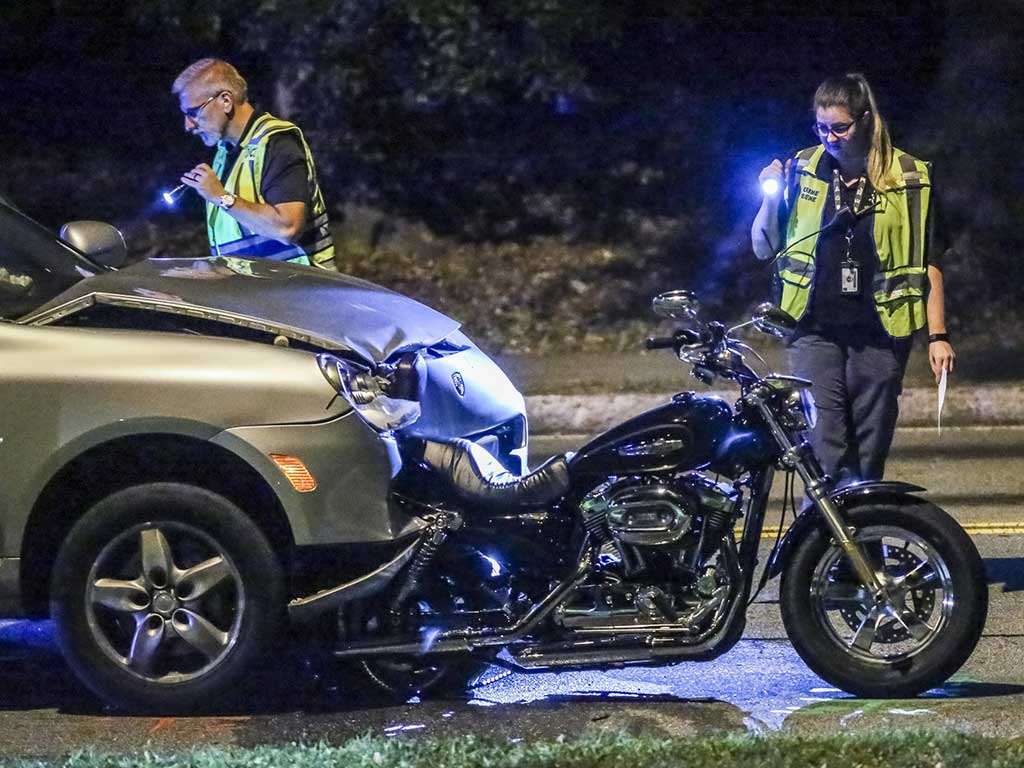Test for Drunkenness: What Are Your Options?
27 November, 2023

Alcohol consumption is a common part of social gatherings and celebrations. However, it is crucial to ensure that individuals do not go over the legal limits. Various methods and devices are available to determine the level of intoxication. Each one has its advantages and limitations. One of which is the field sobriety test. Police officers utilise it to assess the level of impairment of someone. Moreover, they can use a breathalyser to measure the blood alcohol levels of suspected drivers.
Excessive alcohol consumption can result in impairment of physical and mental functions. People can even suffer from alcohol use disorders or alcohol poisoning. Thus, testing options help make informed decisions about alcohol consumption. Also, it enables authorities to take appropriate actions to ensure the safety and well-being of the community. The article will present why alcohol testing is necessary, as well as what a field sobriety test and breathalyser test are.
Why Do You Need to Test for Drunkenness?
Intoxication is the state of being under the influence of alcohol. This poses several risks and dangers. It affects the cognitive and motor skills of an individual. This leads to impaired judgment, coordination, and reaction time. Hence, a test for drunkenness is crucial. This is especially true in situations such as driving or operating heavy machinery. Through this, authorities can ensure public safety and reduce the likelihood of road fatalities.
One of the primary reasons for alcohol testing is to prevent drink driving. Law enforcement officers commonly use the test to detect and deter impaired drivers. They usually conduct random roadside breath testing. This ultimately safeguards communities and prevents potential tragedies.
Another important reason is related to workplace safety. In many industries, carrying out safety-sensitive tasks under the influence of alcohol is strictly prohibited. This is due to the high risk it poses for accidents. Testing in the workplace helps identify employees who consume alcoholic drinks while on the job. An alcohol test can protect employees, minimise liabilities, and maintain productivity and efficiency in the workplace.
Legal Consequences
- Fines – These generally range from $100 to $500. However, the amount may be higher for repeat offenders.
- Licence Disqualification – Depending on the circumstances, a person may be disqualified from holding a licence for a period ranging from a few months to several years.
- Alcohol Interlock Program – Alcohol impairment can result in its participation. An individual must install a device in their vehicle that prevents it from starting if the breath sample exceeds the limit.
- Imprisonment – In extreme cases, individuals can face jail time for irresponsible behaviour. It can vary from one week to several months, depending on the severity.

Test for Drunkenness: Field Sobriety Tests
One common test for drunkenness is the field sobriety test. Police officers employ it to determine if a person is under the influence of alcohol. There are various ways to conduct this kind of testing. Firstly, there is the Horizontal Gaze Nystagmus (HGN) test. This is where an officer observes the involuntary jerking of the eye as the individual follows an object. If the jerking occurs sooner or more distinctly, it may indicate impairment.
Another widely recognised field sobriety test is the Walk-and-Turn (WAT) test. During this test, the driver takes nine steps heel-to-toe along a straight line, turns on one foot, and returns in the same manner. Authorities closely watch for signs of imbalance, inability to maintain the appropriate ]position, or difficulty following instructions. Failure to perform it accurately is one of the signs of intoxication, leading to further testing.
Moreover, law enforcement officers use the One-Leg Stand (OLS) test. In this test, the individual must stand on one foot and hold the other approximately six inches off the ground while counting silently. Balance, swaying, or inability to maintain the position for the specified duration could indicate alcohol intoxication.
Types of Field Sobriety Tests
Field sobriety testing is standardised and divided into three main categories. This includes the HGN, WAT, and OLS tests. HGN measures involuntary eye movements while tracking an object. Meanwhile, WAT evaluates the ability to follow instructions while walking. Lastly, the OLS test assesses balance and coordination without swaying or hopping.
Alongside these main tests, police officers can utilise other field sobriety tests. For instance, the alphabet test requires the suspect to recite the alphabet without singing or missing letters. Moreover, counting backward or counting fingertips can assess cognitive impairment. Finger-to-nose and finger count tests may be used to evaluate coordination and motor skills.

Test for Drunkenness: Breathalyser
The use of breathalysers has become a common method to test for drunkenness. This portable device measures the alcohol content in a sample of breath by detecting the ethyl alcohol molecules present. It operates by utilising a chemical reaction that occurs when the breath comes into contact with a sensor inside the device. This sensor then produces an electrical signal, which is converted into a blood alcohol content reading that indicates the level of alcohol present in the bloodstream.
Police officers widely use breathalysers as a means of quickly and non-invasively determining alcohol presence. They provide an objective measurement, which can be used as evidence in court to support DUI charges. It helps establish a legal threshold, with some countries setting specific Blood Alcohol Concentration (BAC) limits to define legal intoxication.
However, it is important to note that breathalysers are not without limitations. Factors like temperature, humidity, and certain substances in the mouth can potentially affect the accuracy of the results. Due to these factors, it is recommended that multiple breath analyser tests be administered for a more accurate assessment.
Types of Breathalysers
There are two main types of breathalysers available in the market today. The first type is the fuel cell breathalyser. It operates by chemically oxidising the alcohol molecules in the breath. This kind is known for its accuracy and reliability. Thus, it is a popular choice for law enforcement agencies and police stations.
The second type is the semiconductor breathalyser. It uses a semi-conductive oxide sensor to detect alcohol molecules in the breath. When sufficient amounts of alcohol interact with the sensor, it triggers a chemical reaction that generates an electrical current. This is then used to calculate the BAC level.
Conclusion
The test for drunkenness is a crucial tool in determining the level of alcohol impairment. Authorities typically conduct testing through various methods. This includes field sobriety tests and breathalyser tests. These tests provide objective evidence that can be used in legal proceedings to hold individuals accountable for their actions. This allows law enforcement officials and judges to make informed decisions regarding charges and penalties for individuals found to be under the influence of alcohol.
Chronic alcohol consumption or heavy drinking habits can result in traffic accidents. This is why alcohol testing is necessary. It helps to prevent such tragedies. Moreover, it provides a way to hold people accountable for the consequences of their impaired actions. To further avoid legal concerns, they can use tools such as a personal breathalyser. This allows them to test for their own drunkenness before they attempt to drive. Overall, testing is essential in maintaining public safety.






























